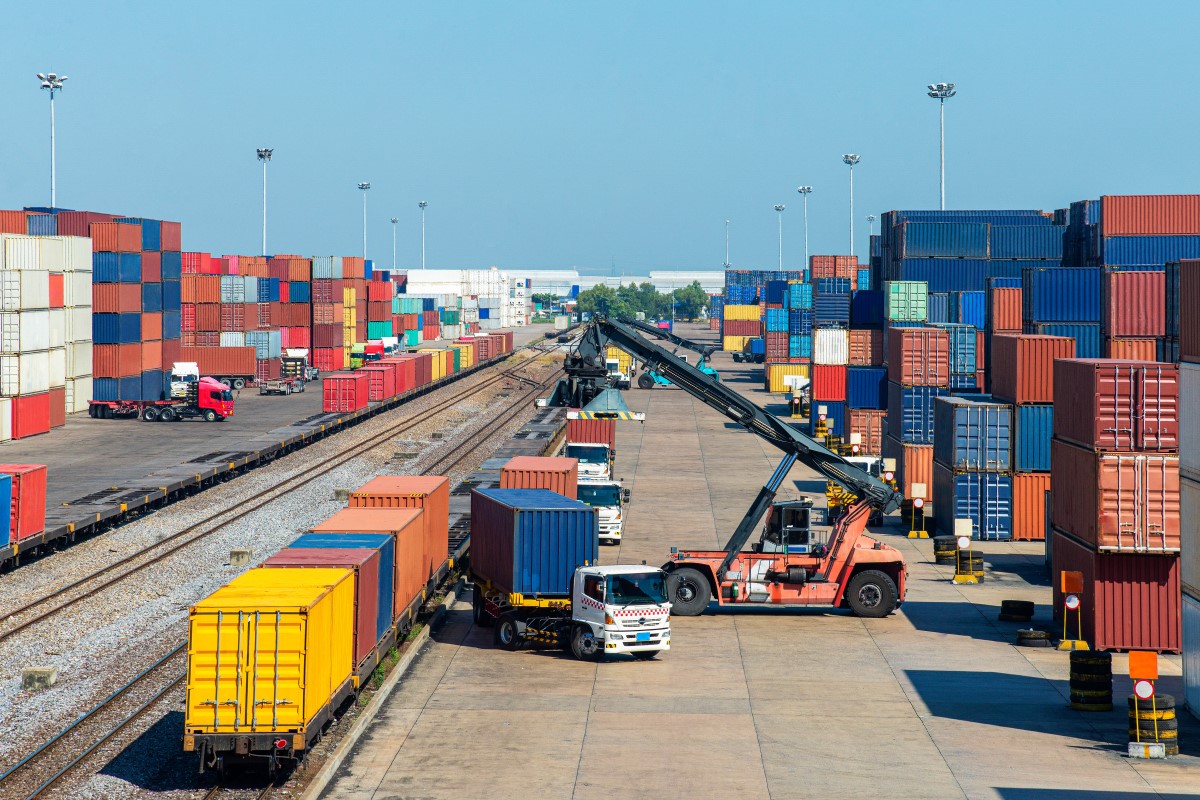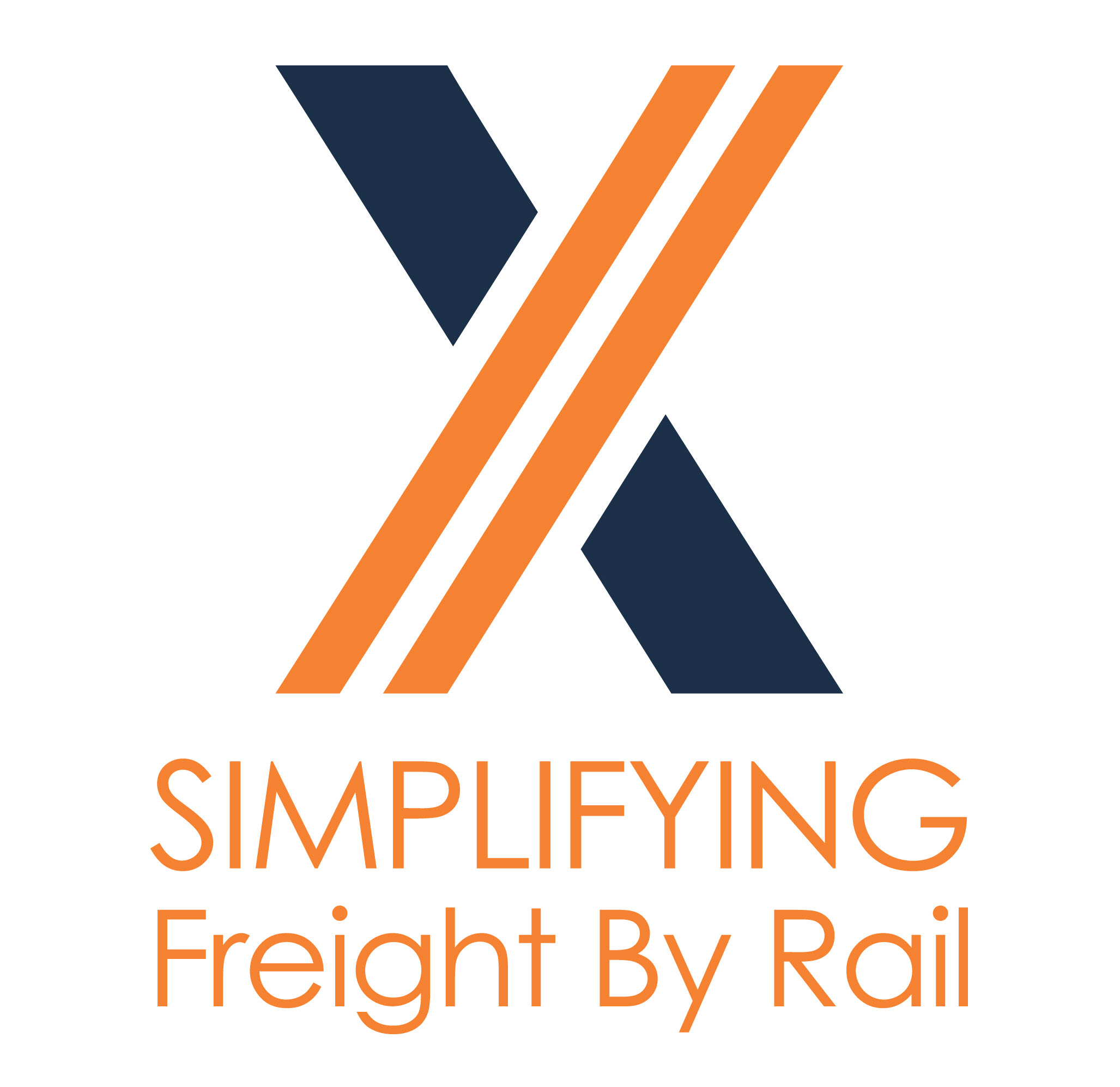Optimizing the utilization of rail infrastructure and equipment is crucial for rail logistics managers to improve overall efficiency and reduce costs in their operations. One key strategy is capacity planning, which involves analyzing utilization patterns to identify bottlenecks and capacity constraints. By understanding peak and off-peak periods, managers can allocate resources effectively, scheduling maintenance during low-demand periods to minimize downtime and maximize availability.
Another important approach is network optimization, where the rail network is evaluated to streamline routes and reduce empty backhauls. By optimizing the flow of goods and minimizing detours, efficiency is enhanced, resulting in reduced costs related to fuel consumption and transit times. Collaborating with other stakeholders in the supply chain can uncover opportunities for consolidation and intermodal transportation, further improving overall efficiency.
Integrating technology plays a vital role in optimizing rail infrastructure and equipment utilization. Real-time tracking and monitoring systems provide visibility into asset utilization, enabling proactive management and data-driven decision-making. Predictive analytics can optimize maintenance schedules, minimize breakdowns, and extend the lifespan of rail equipment, ultimately reducing maintenance costs and maximizing operational efficiency.
Collaboration and data sharing are also essential for optimizing rail logistics. Establishing partnerships and data-sharing agreements with rail operators, terminal operators, and other logistics providers enable effective coordination and resource sharing. By sharing information on inventory levels, shipment volumes, and equipment availability, activities can be better coordinated, idle time can be reduced, and duplication of efforts can be eliminated. Collaborative initiatives like sharing railcars or intermodal containers contribute to improved asset utilization and cost reduction for all involved parties.
By implementing these strategies, rail logistics managers can successfully optimize the utilization of rail infrastructure and equipment. This leads to improved efficiency, reduced costs, and increased competitiveness in the market, ultimately benefiting both the logistics provider and their customers.

